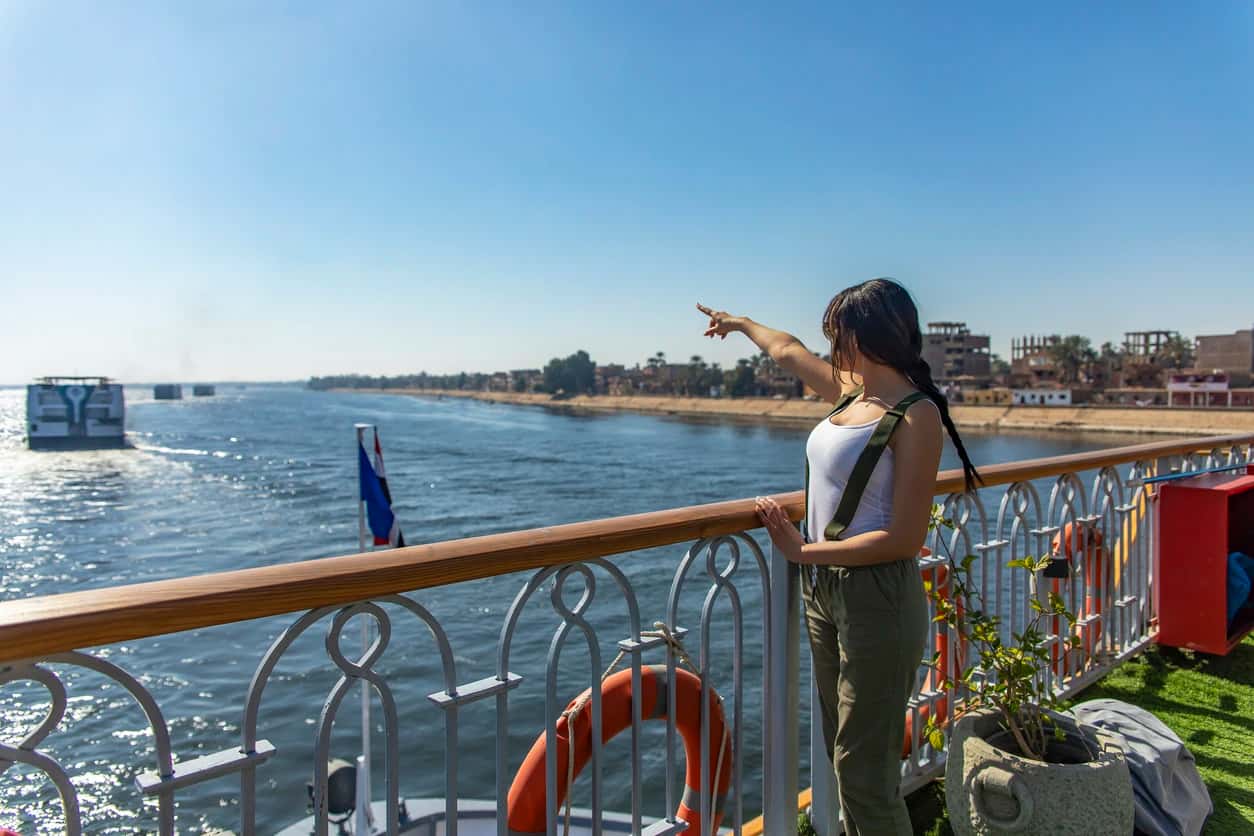The Qaitbay Citadel in Alexandria is considered one of the most vital shielding strongholds alongside the Mediterranean Sea coast. It was once a vital part of the fortification device of Alexandria in the fifteenth century. On the tip of Pharos Island, the Citadel is positioned at the doorway to the harbor. It was constructed in the region of Alexandria's famed lighthouse, which was considered one of the Ancient World's Seven Wonders. The lighthouse remained operational until the Arab invasion, during which a number of calamities ensued. During the reign of Ahmed Ibn Tulun, its recovery began. An earthquake struck in the eleventh century, causing damage to the octagonal section. The backside survived, but it could only be used as a lookout. Therefore, a tiny mosque was built on top.
During the Mamluk era, Sultan Qansouh supplied the castle of Alexandria with soldiers. When the Ottomans invaded Egypt, they built the fortress as a protective gate to the country's northern coast. However, the Ottomans did not have a stronghold and the empire began to crumble, causing the fortress to lose its method and defensive significance. As the Ottomans' strength began to diminish with time, the French forces led by Napoleon were victorious in taking over Alexandria and then the rest of Egypt. While Mohamed Ali Pasha claimed the Egyptian throne, his first duty was to secure Egypt's coasts, renovate the castle walls, towers, and develop the protecting line to fit the nineteenth-century navy development of Ahmed Oraby which began in 1882. The Arabian Antiques' departure made a few renovations to Qaitbay castle in 1904 while the Ministry of Defense restored the upper floors. King Farouk aimed to turn the fort right into a palace in 1904, but the Egyptian Navy turned it into a Maritime Museum instead. The largest recovered painting dates back to 1984 when the Egyptian Antiquities Organization made plans to repair the fort.
Artifacts from Roman and Napoleonic maritime wars can be found in the National Navy Museum, housed in the fort. It brings together models, artwork, and statues to depict the evolution of navigation of shipbuilding in Egypt from Pharaonic times to the present. They also serve as a representation of Egyptian naval conflicts throughout history. The museum was built in 1930 and is regarded as a modest museum. It houses a variety of fish and marine creatures from the Mediterranean and Red Seas, as well as a handful of freshwater species from the Nile. The museum, that's positioned near the National Institution for Marine Science within Citadel square also houses a maritime studies center. It also has several labs, aquariums, and flora from the oceans and rivers, and is a part of the Maritime Science Institution because it is home to many precise fish and marine species. Research on species from Egyptian lakes is conducted inside the connected studies center to protect the unique marine life.




